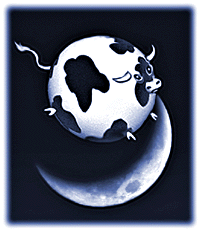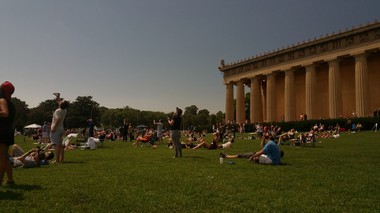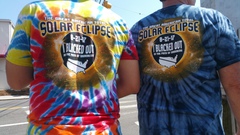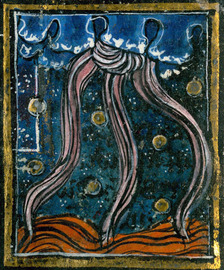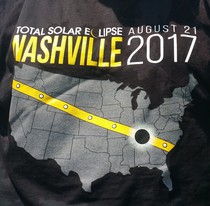Open access in review
 Last week's review of 30 years of writing about the Internet and copyright focused on rightsholders' efforts to protect a business model developed for physical media and geographical restrictions in the face of new, global, digital media. Of the counter-efforts, mainstream attention has focused on the illegal ones; I squeezed in links to most of my past writing on "pirate" sites, although I missed pieces on The Pirate Bay, BitTorrent, and new business models. I also missed out discussing large-scale appropriation by companies that are apparently too big to sue, such as Google books and the more recent fuss over the Internet Archive's Controlled Digital Lending and National Emergency Library.
Last week's review of 30 years of writing about the Internet and copyright focused on rightsholders' efforts to protect a business model developed for physical media and geographical restrictions in the face of new, global, digital media. Of the counter-efforts, mainstream attention has focused on the illegal ones; I squeezed in links to most of my past writing on "pirate" sites, although I missed pieces on The Pirate Bay, BitTorrent, and new business models. I also missed out discussing large-scale appropriation by companies that are apparently too big to sue, such as Google books and the more recent fuss over the Internet Archive's Controlled Digital Lending and National Emergency Library.
More interesting, however, are the new modes of access the Internet clearly could open up to niche material and frustrated artists, creators, and collaborators. At the MIT Media Lab's 1994 open day (TXT), a remarkable collection of Hollywood producers, and creative artists predicted that the Internet would unlock a flood of (American) creativity that previously had no outlet (although Penn Jillette doubted the appeal of interactive storytelling).
Lots of this has actually happened. Writers have developed mainstream audiences through self-publishing; web-based publishing enabled generations of cartoonists; and YouTube and TikTok offer options that would never fit into a TV schedule. Mass collaboration has also flourished: Wikipedia, much despised in some quarters 15 years ago, has ripened into an invaluable resource (despite its flaws that need fixing), as has OpenStreetMap, which was outed this week as a crucial piece of infrastructure for Facebook, Apple, Amazon, and Microsoft.
Developing new forms of copyright law has been a critical element in all this, beginning with the idea of copyleft, first used in 1976 and fleshed out in more detail by Richard Stallman in 1985. Traditionally, either you copyrighted the work and claimed all rights or you put the work into the public domain for everyone to use for free, as the satirist Tom Lehrer has recently done.
Stallman, however, wanted to ensure that corporate interests couldn't appropriate the work of volunteers, and realized that he could write a copyright license that dictates those terms, paving the way for today's open source community. In 2001, Lawrence Lessig, Hal Abelson, and Eric Eldred founded Creative Commons to make it easy for people posting new material to the web to specify whether and how others can use it. It's easy to forget now how big an undertaking it was to create licenses that comply with so many legal systems. I would argue that it's this, rather than digital rights management that has enabled widespread Internet creative publishing.
The third piece of this story has played a crucial role in this pandemic year of A.D. 2020. In the halls of a mid-1990s Amsterdam conference on copyright, a guy named Christopher Zielinski made this pitch: a serious problem was brewing around early paywall experiments. How were people in poorer countries going to gain access to essential scientific and medical information? He had worked for the WHO, I think; in a later email I remember a phrase about information moving through disadvantaged countries in "armored trucks".
Zielinski was prescient. In 2015, the Ebola virus killed 10,000 people in Liberia, Sierra Leone, and Guinea, in part because received wisdom held that Ebola was not present in West Africa, slowing the initial response. It was only later that three members of a team drafting Liberia's Ebola recovery plan discover that scientific researchers had written articles establishing its presence as long ago as 1982. None of the papers were co-written with Liberian scientists, and they were published in European journals, which African researchers cannot afford. In this case, as writers Bernice Dahn, Vera Mussah, and Cameron Nutt laid out, closed access cost lives: "Equity must be an indispensable goal in protecting from threats like Ebola, and in the quality of care delivered when prevention fails."
Meanwhile, in another part of the forest...as early as 1991 others saw the potential of using the Internet to speed up scientific publishing and peer review, leading Paul Ginsparg to respond by creating the arXiv repository to share preprints of physics journal articles. Numerous copies for other fields followed. In 2003, leading research, scientific, and cultural institutions created and signed the Berlin Declaration on Open Access to Knowledge in the Sciences and Humanities laying out steps to promote the Internet as a medium for disseminating global knowledge. By 2006, the six-year-old Public Library of Science had set up PLOS ONE, the first peer-reviewed open access scientific journal for primary research in science and medicine.
While there are certainly issues to be solved, such as the proliferation of fake journals, improving peer review, and countering enduring prejudice that ties promotions and prestige to traditional proprietary journals, open access continues to grow. Those who believe that the Internet is going to destroy science are likely to be wrong, and publishers who don't plan for this future are likely to crater.
The global distribution accessible to artists and creators is valuable, but openness is critical to the scientific method of building knowledge. The open approach has been critical during the pandemic. As vaccine candidates prepare for takeoff, we can thank the Internet and the open access movement that it's taken a year, not decades.
Illustrations: Edward Jenner, who created the first vaccine, for smallpox (from the Wellcome images collection, via Wikimedia).
Wendy M. Grossman is the 2013 winner of the Enigma Award. Her Web site has an extensive archive of her books, articles, and music, and an archive of earlier columns in this series. Stories about the border wars between cyberspace and real life are posted occasionally during the week at the net.wars Pinboard - or follow on Twitter.
